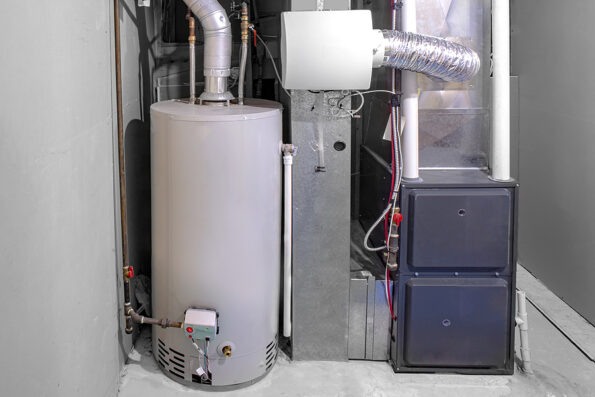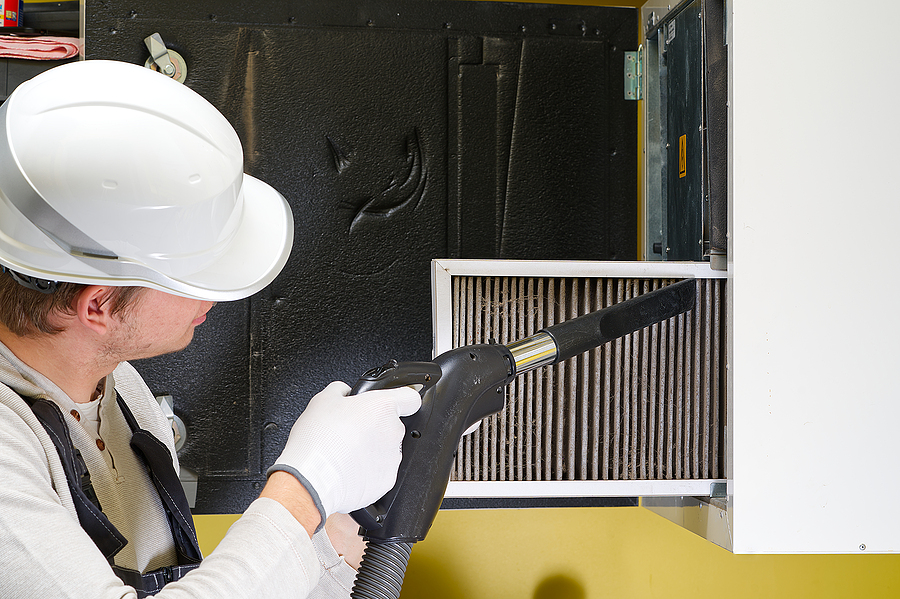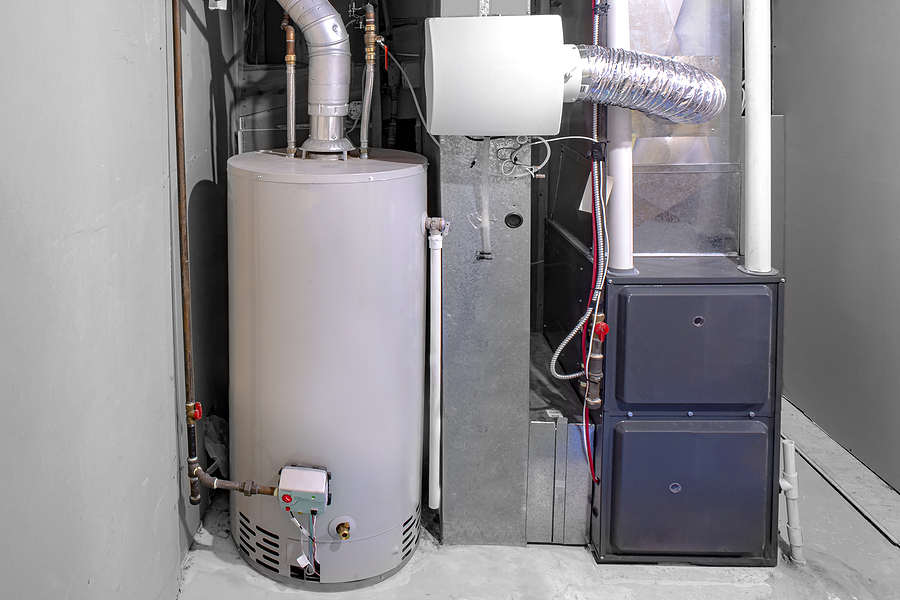If your furnace is nearing the end of its useful lifespan, even after doing all that is possible to keep it in top shape, replacing it may be on your mind. Be sure to find one with exactly the right features – one which fits your lifestyle as well.
An efficient furnace can qualify for rebates and save on energy costs, making it one of the best investments you could ever make. When selecting one of these furnaces, take into consideration its AFUE (annual fuel utilization efficiency), zoned heating capabilities, two-stage valves and sealed combustion capabilities as key features to consider.
1. Energy Efficiency
Table of Contents
There will come a time when replacing your old furnace becomes necessary, be it due to increased energy bills, poor performance or it simply giving out. No matter the cause, replacing an obsolete unit eventually must happen at some point in time. You can see the top brands at the moment here: https://www.cinchhomeservices.com/faq-library/-/faq/best-furnace-brands
When replacing it, selecting an energy efficient model could save money every month and year. These products could potentially help save you a bundle!
One of the key factors in selecting an energy-efficient furnace is making sure it fits appropriately within your home. Furnaces that are too small will struggle to warm the space effectively while ones that are too big will waste both energy and money by creating excess heat.
Zoned systems can further boost efficiency and comfort in your home by breaking it up into multiple sections (by floor or between living and sleeping spaces, for instance) controlled with their own thermostats to ensure only energy necessary is consumed to make life comfortable for everyone in the household.
2. AFUE
AFUE measures how efficiently a furnace converts its fuel into heating for your home, similar to miles per gallon for cars; higher AFUE ratings indicate greater energy efficiency.
When selecting a furnace, take note of its AFUE rating to ensure it will save money over time. An ideal candidate would boast an AFUE of 90+ but even those rated 80+ offer considerable cost-cutting advantages over older models.
However, AFUE ratings don’t take into account how much heat escapes through drafty windows and poor insulation – factors which have an enormous effect on how fast you recoup your investment via lower fuel bills. Therefore, before investing in a high AFUE furnace it may be worthwhile investing in insulation improvements to maximize benefits from your new heating system.
3. Noise Levels
While all furnaces produce some level of noise when running, modern home heating solutions are designed to be quieter than their older counterparts. If your new furnace seems noisier than its predecessor, this may not be due to changes in home sizing or insulation but instead be caused by other factors.
If your furnace makes loud popping noises when starting up, this could indicate air ducts are expanding due to temperature changes that cause metal expansion/contraction quickly – an easily resolved problem by hiring an HVAC specialist in your area who can rectify the situation before it worsens further.
At the other extreme, high-pitched squealing is a more typical furnace issue caused by a loose blower belt. A quick solution may include turning off your furnace, unbuckling the belt, and calling in professional services – the sooner this issue is addressed the less it will cost in repairs.

4. Convenience
Furnaces are an efficient way of heating homes, but they aren’t the only choice; boilers and baseboard heaters may also offer viable heating options.
When shopping for a furnace, it’s essential to consider both fuel type and costs. Gas furnaces tend to be less costly than oil ones; additionally, gas models don’t require an oil tank and additional cleanup fees.
Finally, it’s also wise to consider how easily your furnace will be maintained. Some furnace models will need professional cleaning or replacement more frequently than others. You should also take note of how your thermostat is set up; programmable models make it simple to lower temperatures at night (the Sleep Foundation recommends 60-67 degrees) and during the day when nobody is home.
Finally, it’s vital that a licensed HVAC contractor conduct a heat loss calculation to identify the ideal furnace size for your home. A furnace that’s too large will run and shut off more frequently, leading to wear-and-tear and energy waste.
Image Source: BigStockPhoto.com (Licensed)
Related Categories: Home, Reviews







